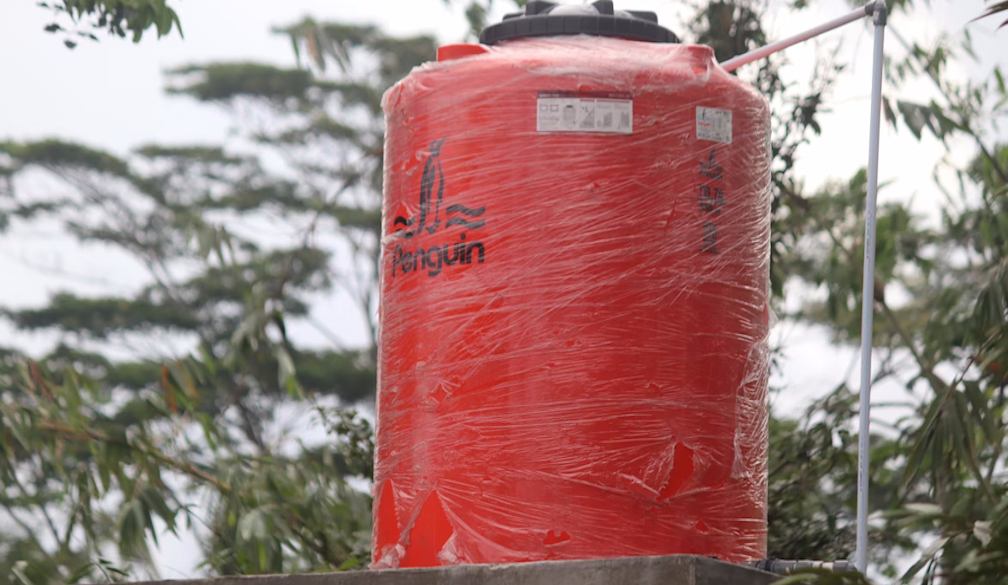Understanding the Importance of Water Tanks in Modern Living

Water is one of our most essential resources, yet it is often taken for granted. In recent years, the significance of managing water wisely has become clearer than ever. One practical solution that has gained widespread popularity is the use of water tanks. These systems allow households, businesses, and farms to collect and store rainwater, offering a range of benefits that go beyond simple conservation.
What Are Water Tanks and How Do They Work?
At their core, water tanks are containers designed to capture and store water for future use. Most commonly, these tanks collect rainwater from rooftops via a network of gutters and downpipes. The collected water is then directed into the tank, where it can be stored safely until needed.
The stored water can serve various purposes, from watering gardens and washing cars to providing water for household appliances or even drinking water when properly filtered. Water tanks come in different sizes and materials, ranging from small, portable units to large, fixed installations made from plastic, steel, or concrete.
Environmental Benefits of Using Water Tanks
One of the strongest reasons to install water tanks is their positive environmental impact. By capturing rainwater, you reduce your reliance on municipal water supplies, which often require extensive energy to treat and deliver. This reduces the overall carbon footprint associated with water consumption.
Additionally, water tanks help reduce stormwater runoff, which is a major cause of flooding and water pollution in urban areas. When rainwater is allowed to flow freely over paved surfaces, it picks up pollutants and carries them into rivers, lakes, and oceans. By collecting this water, tanks help mitigate these effects and protect local waterways.
Versatility and Practical Uses of Water Tanks
Many people associate water tanks primarily with outdoor use, such as watering plants and lawns. While this is a common application, the versatility of water tanks extends far beyond that. With the proper setup, water from tanks can be used for flushing toilets, washing clothes, and even for cooking and drinking.
This adaptability makes water tanks especially valuable in areas facing water restrictions or shortages. Having a personal supply of rainwater ensures that daily activities can continue with minimal disruption, even during drought conditions. For rural areas or properties not connected to mains water, water tanks are often the only reliable source of water.
Choosing the Right Water Tank for Your Needs
Selecting the appropriate water tanks depends on several factors including your water usage, available space, budget, and local climate. Tanks vary widely in capacity—from a few hundred litres to tens of thousands—and in materials such as polyethylene, steel, concrete, or fiberglass.
Polyethylene tanks are popular for their durability, affordability, and ease of installation. Steel tanks offer excellent strength and longevity, often preferred for larger or commercial applications. Concrete tanks, though less common in residential use, are ideal for underground installations and can hold significant volumes.
The size of the tank should match your household’s water needs and roof catchment area. For example, a family that uses rainwater indoors will require a larger tank than one using it only for garden irrigation. It’s important to balance capacity with available space to ensure efficient collection and storage.
Installation and Maintenance Considerations
Proper installation is key to getting the most out of your water tanks. They should be placed on a stable, level surface and connected securely to gutters and downpipes. Depending on the size and type, professional installation may be required to comply with local building codes and regulations.
Maintenance is generally straightforward but essential for ensuring water quality and tank longevity. This includes regular cleaning of gutters and filters, checking for leaks or damage, and ensuring mosquito-proof screens are in place to prevent infestations. Some tanks come equipped with first-flush devices that divert initial dirty runoff away from the tank, helping keep the water clean.
Financial and Long-Term Benefits
While the upfront cost of purchasing and installing water tanks can seem significant, the long-term benefits often outweigh the initial investment. Reduced water bills and lower reliance on mains supply mean that tanks can pay for themselves over time. For homes with large gardens or high water use, savings can be substantial.
Moreover, many governments and local councils offer rebates or incentives to encourage rainwater harvesting, which can offset installation costs. Beyond the financial aspect, having a water tank increases property value and adds a layer of security against future water restrictions or shortages.
The Future of Water Tanks in Sustainable Living
As concerns over water scarcity grow, the use of water tanks is expected to rise steadily. Incorporating rainwater harvesting into everyday life is a practical way to promote sustainability while maintaining convenience and cost savings.
Water tanks fit well into broader strategies of reducing household water consumption, alongside water-efficient appliances and mindful usage habits. Their role is especially critical in urban settings where stormwater management and water conservation must go hand in hand.
Conclusion
Water tanks provide a simple yet powerful solution to one of today’s most pressing environmental challenges: water management. Whether for saving money, reducing environmental impact, or simply gaining independence from unreliable mains water supply, water tanks offer numerous benefits. By choosing the right tank, installing it properly, and maintaining it regularly, you can make a meaningful difference in how you use and conserve water. In the long run, water tanks are an investment in sustainability, security, and smarter living.




